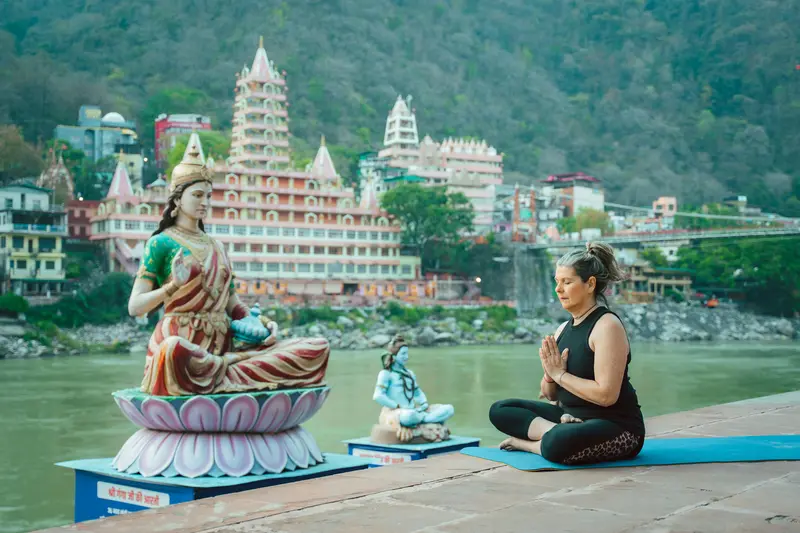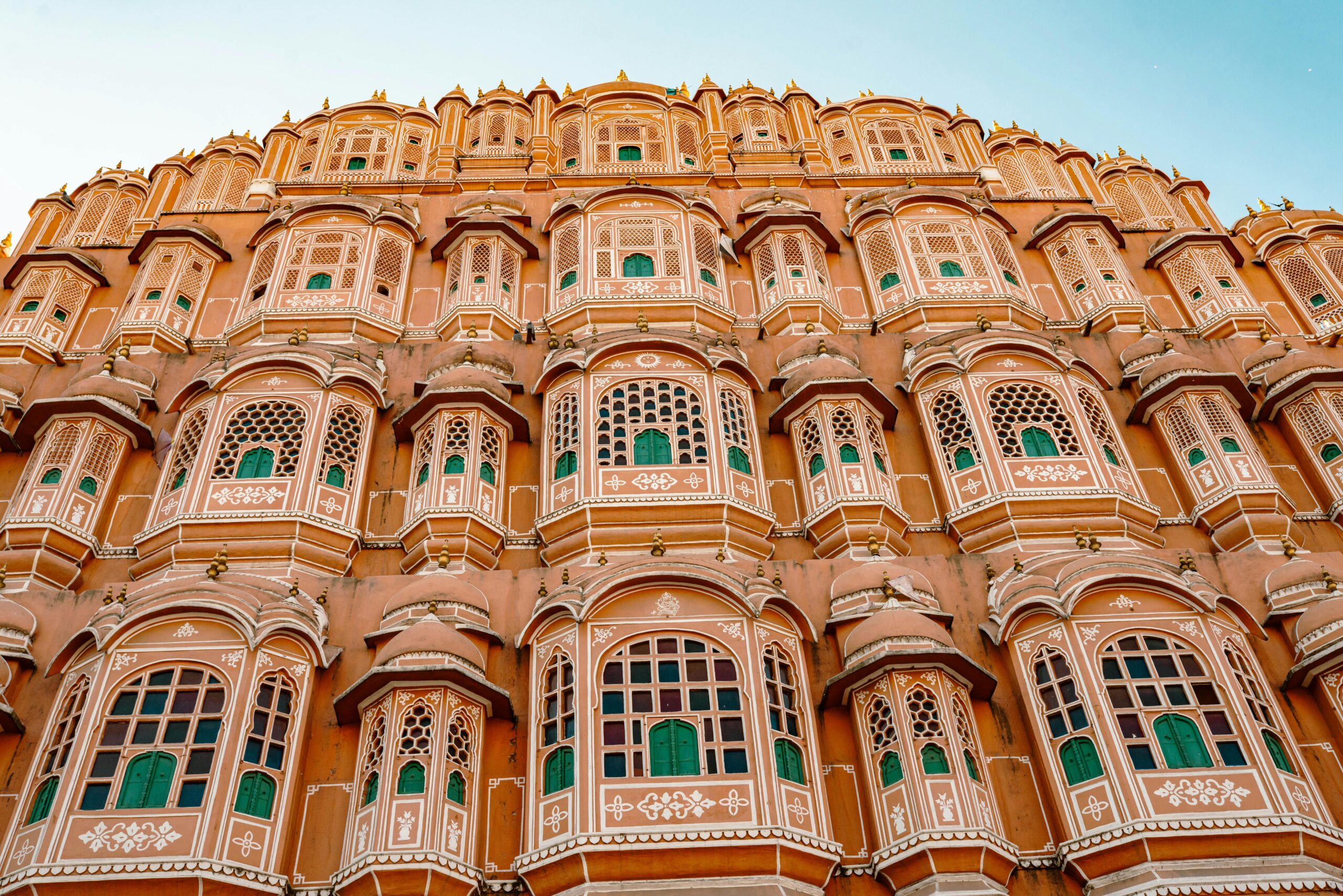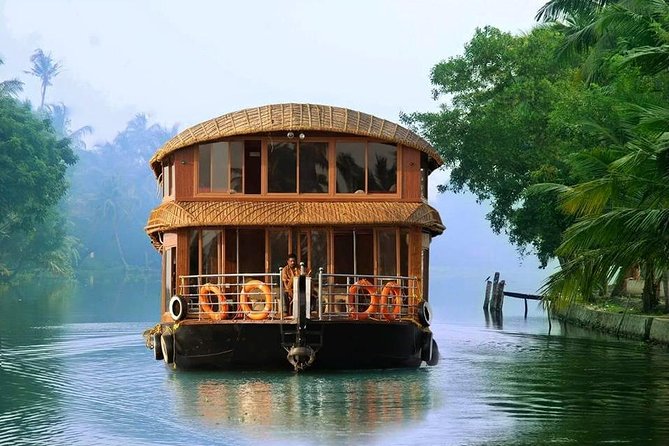Duration: 7 Days
Cities Covered:
Darjeeling – Gangtok – Kalimpong
Gangtok Darjeeling and Kalimpong Tour
Gangtok Darjeeling and Kalimpong Tour
Overview
Highlights
- Witness the stunning sunrise over Mt. Kanchenjunga from Tiger Hill
- Explore Darjeeling’s colonial heritage and vibrant local markets
- Enjoy the scenic drive along the Teesta River to Gangtok
- Discover Sikkim’s cultural treasures including Rumtek Monastery and the Institute of Tibetology
- Visit the serene Tshongu Lake and Baba Mandir
- Experience Kalimpong’s peaceful monasteries, nurseries, and panoramic viewpoints
Tour Plan
Welcome aboard the Sikkim Darjeeling tour! Upon arrival at Bagdogra airport or NJP railway station, meet our executive holding your placard and transfer in a private coach to Darjeeling. Receive your travel kit containing hotel vouchers, transport details, guides, and sightseeing passes. Note: Standard hotel check-in/check-out is at 12:00 noon.
Sanitarium of the British Raj: Early morning, take a trip to Tiger Hill for a spectacular sunrise view over Mt. Kanchenjunga (8,598 m). Visit Ghoom Monastery and Batasia Loop War Memorial on your way back. After breakfast, enjoy a full day of sightseeing including Padmaja Naidu Zoological Garden, Himalayan Mountaineering Institute, Tibetan Refugee Self-Help Center, Mall Road, and the local market. Overnight in Darjeeling.
Trendy yet traditional hill town: After breakfast, drive to Gangtok along the scenic route beside the Teesta River. Evening free for leisure activities. Overnight in Gangtok.
India’s first land-based live casino city: After breakfast, enjoy a half-day sightseeing tour of Gangtok, visiting Chortan Stupa, Institute of Tibetology, Institute of Handicrafts and Handlooms, Flower Show, and Rumtek Monastery. Evening free to explore on your own. Overnight in Gangtok.
Day excursion: Full day excursion to Tshongu Lake (12,400 ft.), located 32 km from Gangtok. Continue to Baba Mandir, a memorial dedicated to an Indian soldier. Evening free for shopping. Overnight in Gangtok.
An idyllic hill town: After breakfast, transfer to Kalimpong. Enjoy a half-day sightseeing tour including Durpin Dara Monastery, Flower & Orchid Nurseries, Dello View Point, Mangal Dham Temple, Hanuman Tok, and Kalimpong Market. Overnight in Kalimpong.
Tour Ends: Day at leisure until your transfer to Bagdogra Airport or NJP railway station for onward travel.







